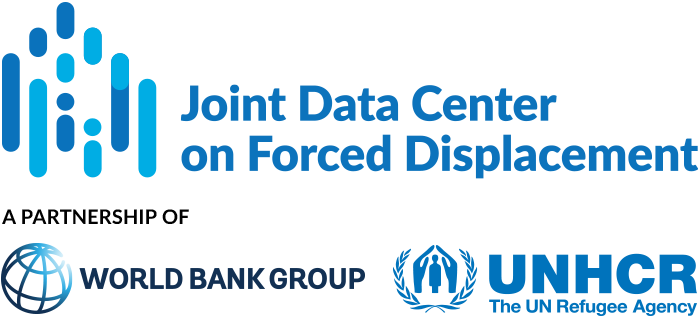This paper analyzes the school integration of Syrian refugee children in Turkey. Syrian refugees began fleeing to Turkey in 2011. Turkey currently hosts 3.7 million Syrian refugees, of which 47 percent are under 18 and a third are school aged (aged 5–17).
JDC Literature Review
Use of an adapted participatory learning and action cycle to increase knowledge and uptake of child vaccination in internally displaced persons camps (IVACS): A cluster-randomised controlled trial
This article presents the results of a randomized cluster trial in internally IDP camps in Somalia to estimate the effects of an adapted Participatory Learning and Action (PLA) approach on knowledge and uptake of child vaccinations. The PLA approach is based on social empowerment to address health issues, whereby teachers and students exchange ideas and experiences, and implement a cycle of learning, action, and reflection.
Evaluation of conditional cash transfers and mHealth audio messaging in reduction of risk factors for childhood malnutrition in internally displaced persons camps in Somalia: A 2 × 2 factorial cluster-randomised controlled trial
This paper presents the results of a randomized trial to estimate the effects of conditional cash transfers (CCTs) and mobile health (mHealth) audio messages in IDP camps near Mogadishu, Somalia. Specifically, the research examined whether conditionality in cash transfer programs and mHealth audio message improved health-seeking behavior and reduced risk factors for malnutrition.
Child Labour and the Arrival of Refugees: Evidence from Tanzania
Approximately one million refugees fled the genocides in Rwanda and Burundi and settled in the Kagera region of western Tanzania between 1993 and 1998. By 2004, ten years after the refugees’ arrival, about 400,000 refugees were still living in the Kagera region. This...
The global cost of inclusive refugee education
An estimated 48 percent of school-age refugee children are out of school—an estimated 77 percent of refugee children attend primary school, 31 percent of refugee youth attend secondary education, and just 3 percent are able to access tertiary opportunities (compared...
Displaced Children and Emerging Technologies: Save the Children’s opportunities for investment and impact
This report identifies key opportunities and risks for adopting technological innovations in child displacement programming. Several technological trends are creating opportunities for reaching and assisting vulnerable, hard-to-reach populations, including: increased...
Mobile Phone Data for Children on the Move: Challenges and Opportunities
Reliable, timely and accessible data are essential for understanding how migration and forced displacement affect children, and for informing policies and programs to meet their needs. This chapter discusses opportunities for using mobile phone data to address gaps in...
Rapid evidence assessment: what works to protect children on the move
This rapid evidence assessment examines interventions that have been effective in ensuring the protection of children on the move, distilling those factors that improve or hamper effectiveness. The analysis is based on a review of 89 studies of health and education...
Focused psychosocial interventions for children in low-resource humanitarian settings: a systematic review and individual participant data meta-analysis
Randomized studies on the effectiveness of focused psychosocial support interventions for children exposed to traumatic events in humanitarian settings in low-income countries have generated conflicting results. Evaluations of school-based interventions have found...
A systematic review of socio-ecological factors contributing to risk and protection of the mental health of refugee children and adolescents
Child development can be viewed as a dynamic process arising from complex interactions between different levels of the ‘social ecology’ (individual, family, school, community, society). This socio-ecological framework can help conceptualize the stressful experiences...


